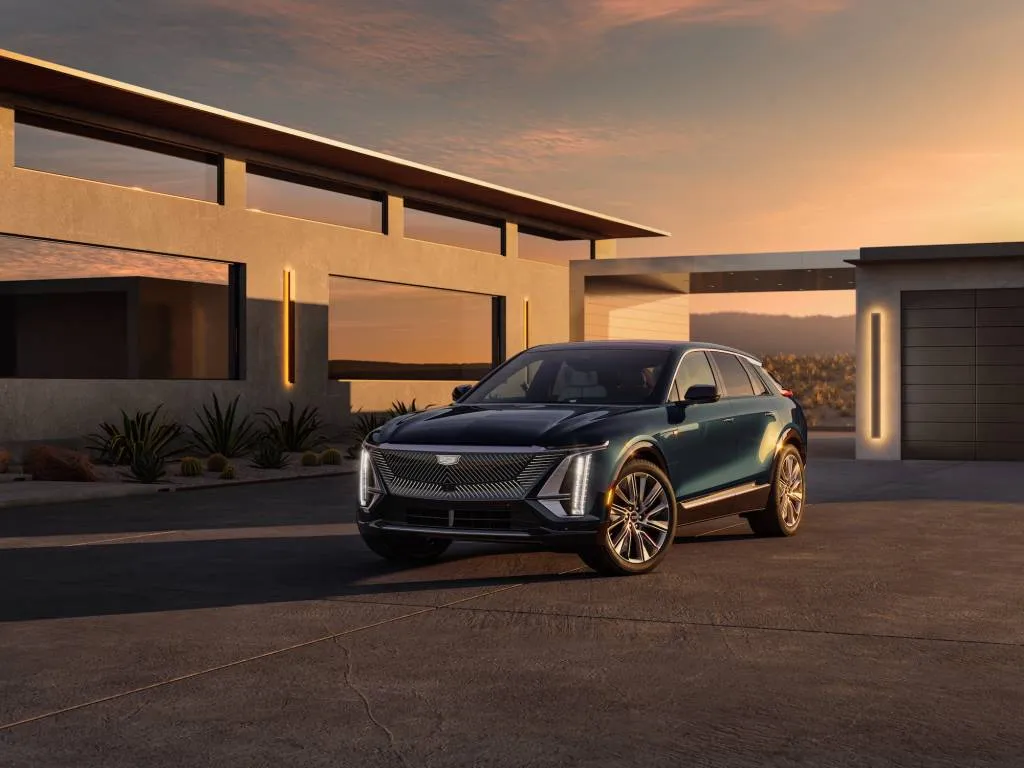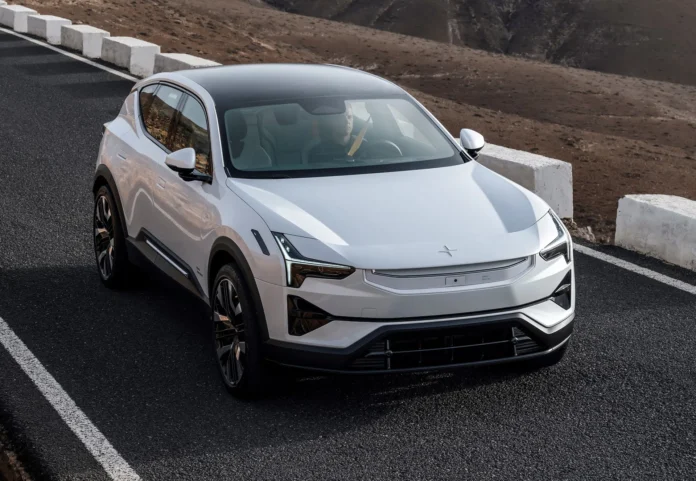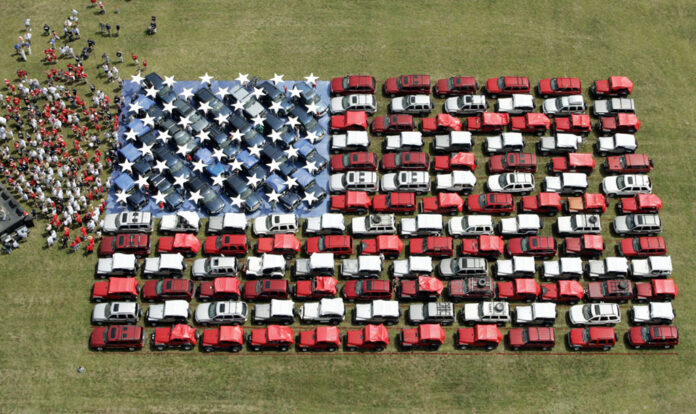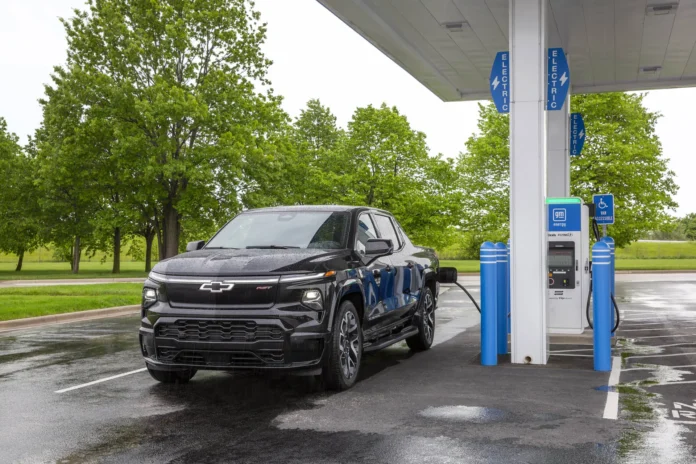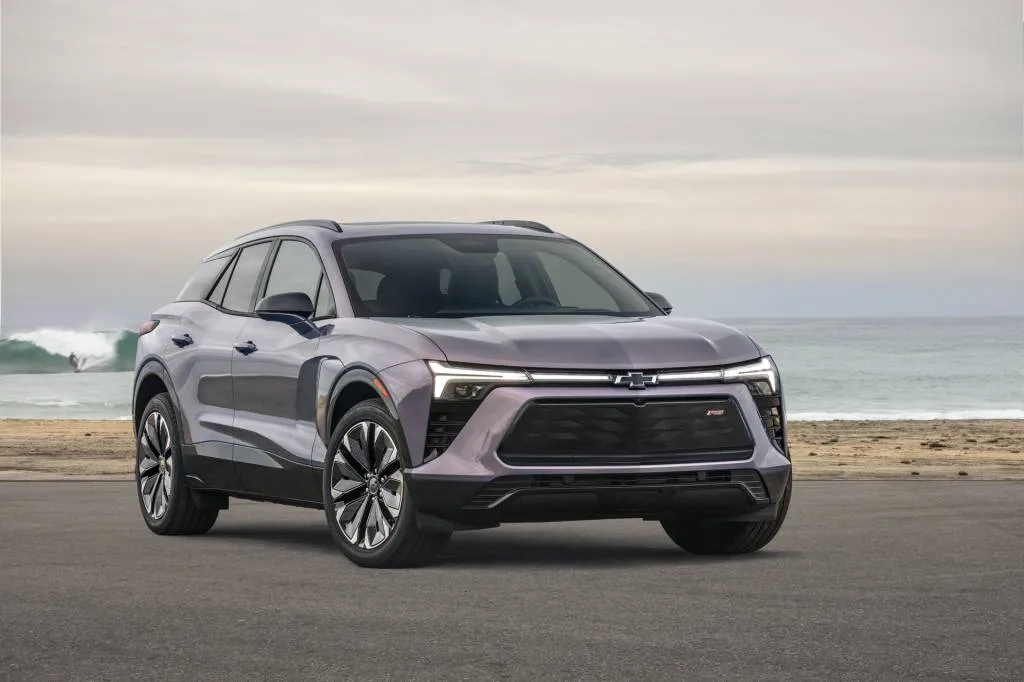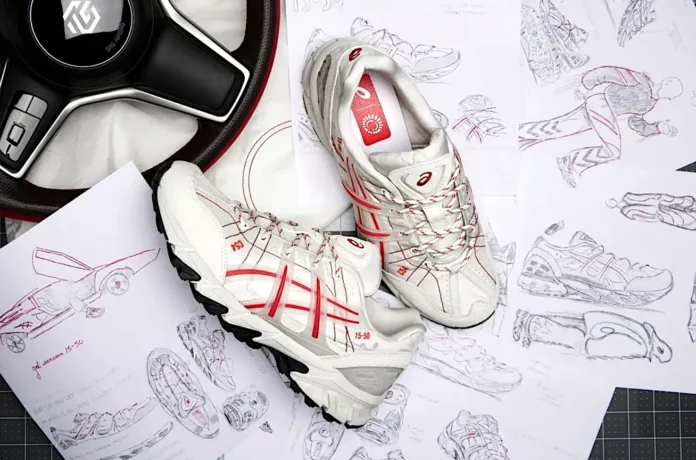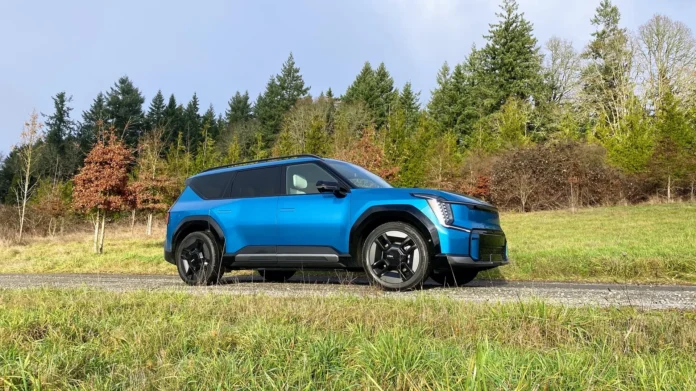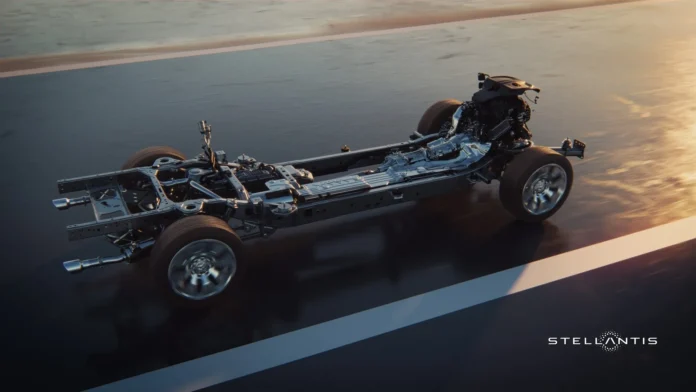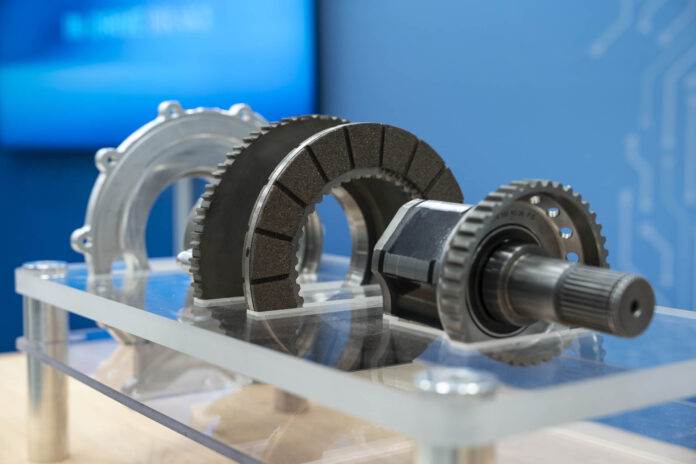On November 5, 2024, voters will head to the polls to choose the 47th President of the United States. To describe this election as unprecedented perhaps sells it short. In no other election in the past century have the stakes been so high for the automotive industry—and on a higher plane, for climate science and for democracy itself. With the two major-party candidates set to square off in a debate, it’s time to examine their past, present, and future—and their qualifications to become our next leader.
Here’s where all of the candidates stand on the issues above—first, the major-party candidates, then others, in alphabetical order:
U.S. Vice President Kamala Harris
Kamala Harris
Party: Democratic
Vice President: Timothy Walz
Experience
- District Attorney of San Francisco, 2004-2011
- California Attorney General, 2011-2017
- U.S. Senator, 2017-2021
- Vice President, 2021-present
Policy and positions
Climate science. Harris backed the proposed Green New Deal, a plan that, like Biden’s massive infrastructure bill (but including social justice, health care, and equity), emphasized an accelerated transition to EVs and a shift away from fossil fuels. Harris has also said that she opposes both fracking and offshore oil drilling, and she created an environmental crimes unit in San Francisco. However, under the Biden-Harris administration the U.S. has reached record oil production levels and energy company profits.
Electric vehicles. Harris was one of the key figures behind VW’s emissions-cheating scandal, and making sure California got its own additional settlement and terms, in a fund set for environmental mitigation. That fund is focused, partly, on getting EVs to low-income communities. “We must conserve and protect our environment for future generations and deliver swift and certain consequences to those who break the law and pollute our air,” she said as California AG, announcing that settlement. Harris also took on Big Oil during her time as California Attorney General.
Democracy: As a Senator, Harris introduced a 2000 VoteSafe Act aiming to allow voting access during the pandemic. Harris was also a co-sponsor of the John Lewis Voting Rights Advancement Act, which would ease access to mail-in balloting, make Election Day a federal holiday, and would supplant measures invalidated by the Supreme Court’s 2013 Shelby decision. The Shelby decision gutted the standards for voter redistricting in states that had been under Federal Election Commission oversight.

President Donald Trump (Photo courtesy DoD)
Donald J. Trump
Party: Republican
Vice President: J.D. Vance
Experience
- Former President, 2017-2021
Policy and positions
Climate science: Trump told major oil-industry donors at a recent fundraiser at his Mar-A-Lago resort that, were they to donate $1 billion to his campaign, that he would gut all of the current administration’s actions that would boost the sales of electric vehicles. During his administration, Trump attempted to revoke California’s authority to set its own emissions standards, part of a larger campaign involving Supreme Court cases that would diminish or disrupt the work of agencies such as the EPA, the so-called administrative state. He has deemed climate change to be “a hoax.”
Electric vehicles: Though he once owned a Tesla Model S, former president Trump has repeatedly voiced disdain for electric vehicles: he has threatened to levy a 100% tariff on Mexico-made EVs, which would slam the brakes on a host of popular EVs sold in the U.S., including the Chevrolet Equinox EV and the Ford Mustang Mach-E.
Democracy: The former president has been charged with a range of crimes in connection to plots to disrupt the transfer of power after the November 2020 election, which he lost to Joseph Biden. Both the criminal trial on charges filed in the District of Columbia, and that filed in Georgia for state-related election interference, have been delayed while the Supreme Court debated whether U.S. presidents enjoy complete or partial immunity for crimes committed while in office. Some of the charges may be permitted to move forward if they are determined to be non-official acts by a lower court.
In unrelated cases, Trump was found guilty on 34 counts of falsifying business records in New York State, in relation to hush-money payments made to adult actor Stormy Daniels. Prior to that, he was held liable for the sexual abuse of E. Jean Carroll and for asset inflation in New York that resulted in a $450 million civil penalty.
Trump also faces charges that he mishandled classified documents in a Florida court. No trial date has been set.
A host of Trump Cabinet members have indicated that they will not vote for him for a second term—as has former Vice President Michael Pence (R.-Ind.).
Other Candidates
Robert F. Kennedy, Jr.
Party: Independent
Vice President: Nicole Shanahan
Experience
- Attorney and talk-radio host
- Founded clean-water advocacy group Waterkeeper Alliance
- Boosted Children’s Health Defense Fund into its current place as the prominent anti-vaccine advocacy group
Policy and positions
Climate science: As a lawyer, Politico points out, Kennedy served clients who sued for stronger environmental protections. As a candidate, he has criticized the Biden administration’s spending on clean energy, and has called climate change “hysteria.” His shifting positions on not just climate but other humane issues such as vaccinations have been called “weird” and “baffling” by MSNBC.
Electric vehicles: Kennedy has advocated for UAW members who assemble electric cars, but his positions on Biden administration policies that would boost EVs in the U.S. have equated those policies with totalitarianism.
Democracy: Kennedy, in response to what he believes is censorship of his social media channels, told CNN that he could make the argument that President Biden is a bigger threat to democracy than Donald Trump. He suggested that he would choose NFL quarterback Aaron Rodgers as his Vice President, before he ultimately chose Silicon Valley attorney Nicole Shanahan.
Jill Stein
Party: Green
Vice President: Yet to be named
Experience
- Physician and previous presidential candidate
Policy and positions
Climate science: Stein believes that prior efforts for a “Green New Deal” didn’t go far enough, and warns about “climate collapse.” Shy on specifics, Stein posted on X that what’s needed is “massive investment in green jobs & technologies to revitalize the American economy, improve our lives, protect our planet and safeguard our children’s future.”
Electric vehicles: Stein advocates for a full ban on new fossil fuel infrastructure, The Washington Post reports, and a universal switch to renewable energy sources by 2030.
Democracy: Stein believes that the system of two political parties has ruined our democracy. “Voters have a right to choose and to try to shove down the throats of voters two zombie candidates from two zombie parties,” she told News Nation, “that really have been serving the economic elites…is incredibly undemocratic.” Critics suggest that any votes Stein draws in the handful of states where she will appear on the ballot will draw from Biden totals, thus handing the presidency to Trump.
Cornel West
Party: Independent
Vice President: Yet to be named
Experience
- Political activist
- Professor at a clutch of Ivy schools, including Harvard and Princeton
- Theologian and philosopher
Policy and positions
Climate science: West believes that “only through unity, sustainable development, and unwavering commitment to renewable energy can we hope to restore balance and ensure a thriving planet for all.” He proposes climate reparations for communities harmed by global warming.
Electric vehicles: West’s platform advocates a quick and complete end to fossil fuel dependency.
Democracy: West said in 2003 that “democracy means more choices, not backroom deals; it means freedom to vote your conscience without being shamed or bullied.” He has described former president Trump as a “bonafide gangster and neofascist.” NBC News has reported that Republican politicos have been trying to find ways to boost West’s prospects in competitive states where he has gained ballot access.
This piece was originally published June 26; it was last updated July 24 to include Kamala Harris as Democratic Presidential nominee.
